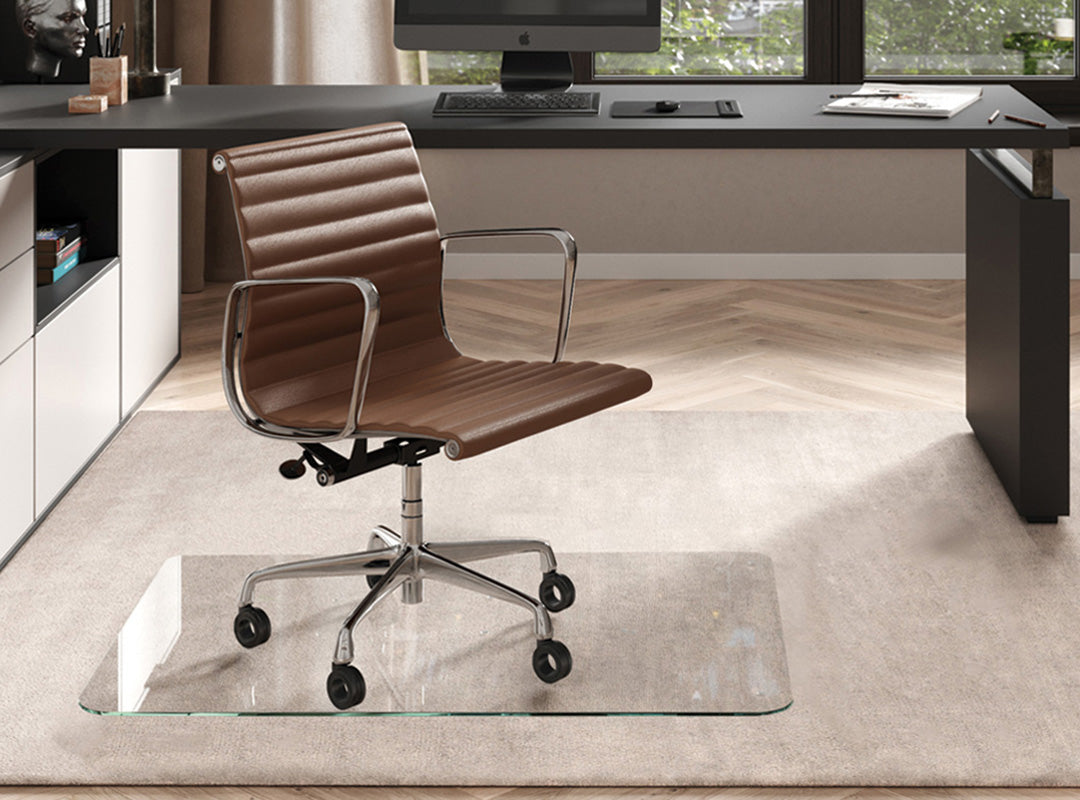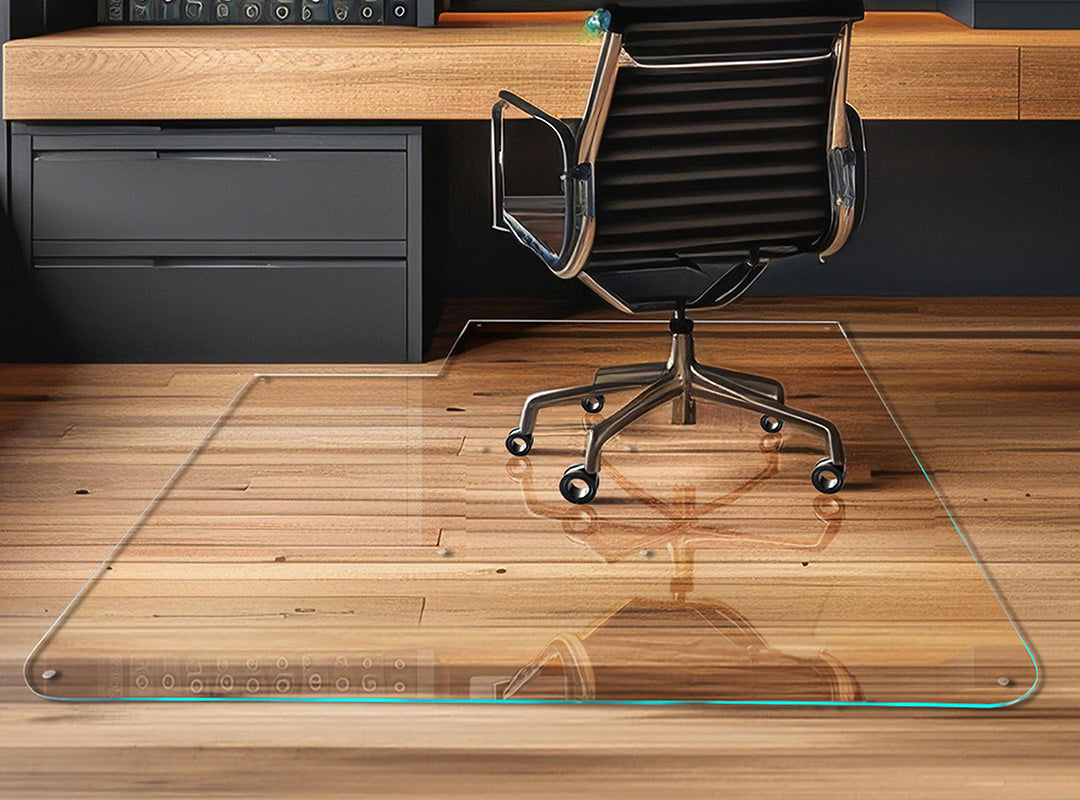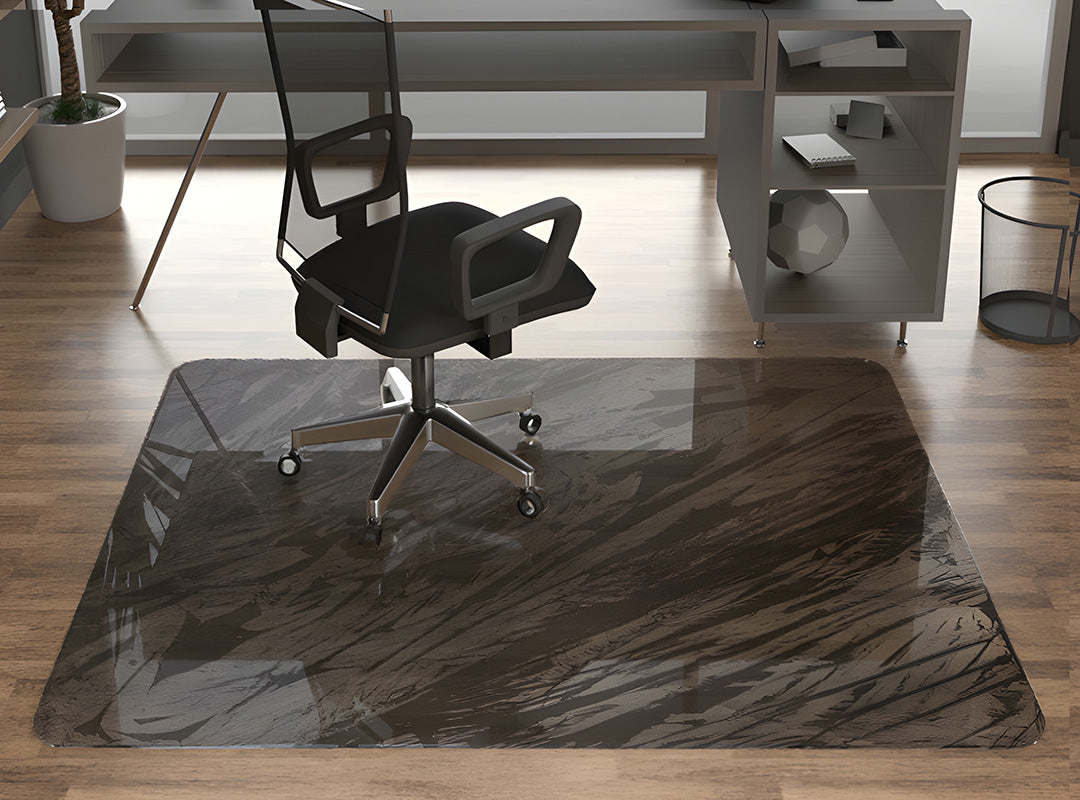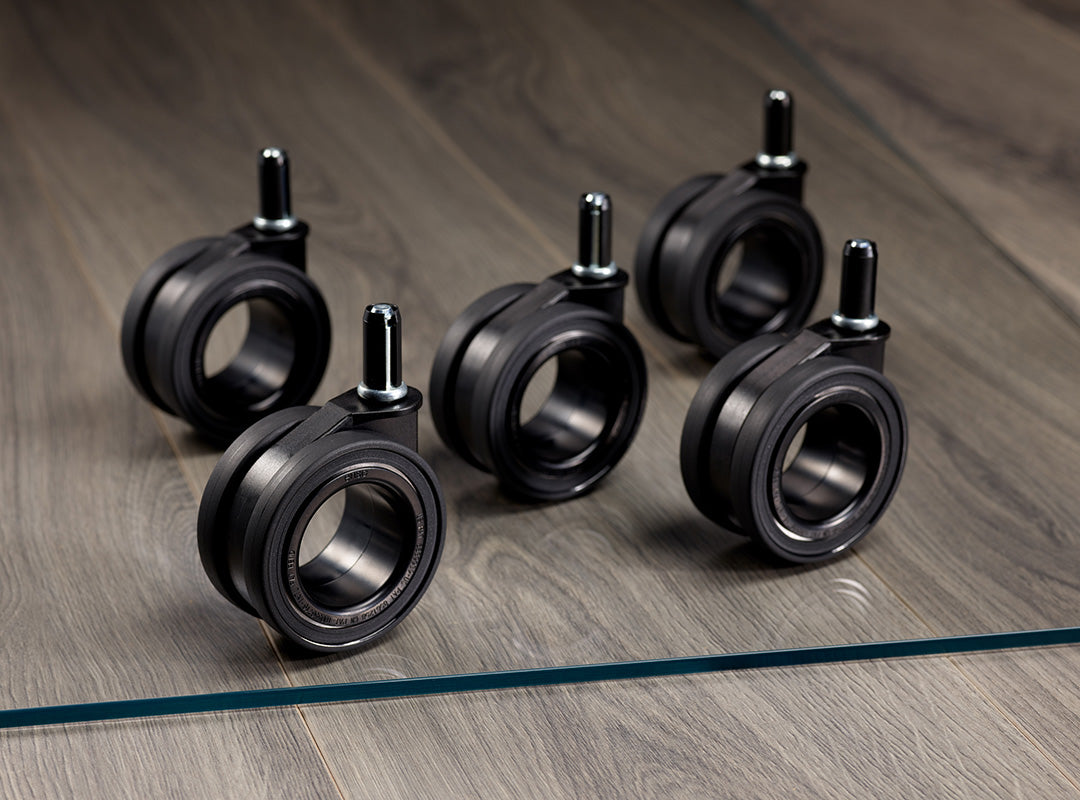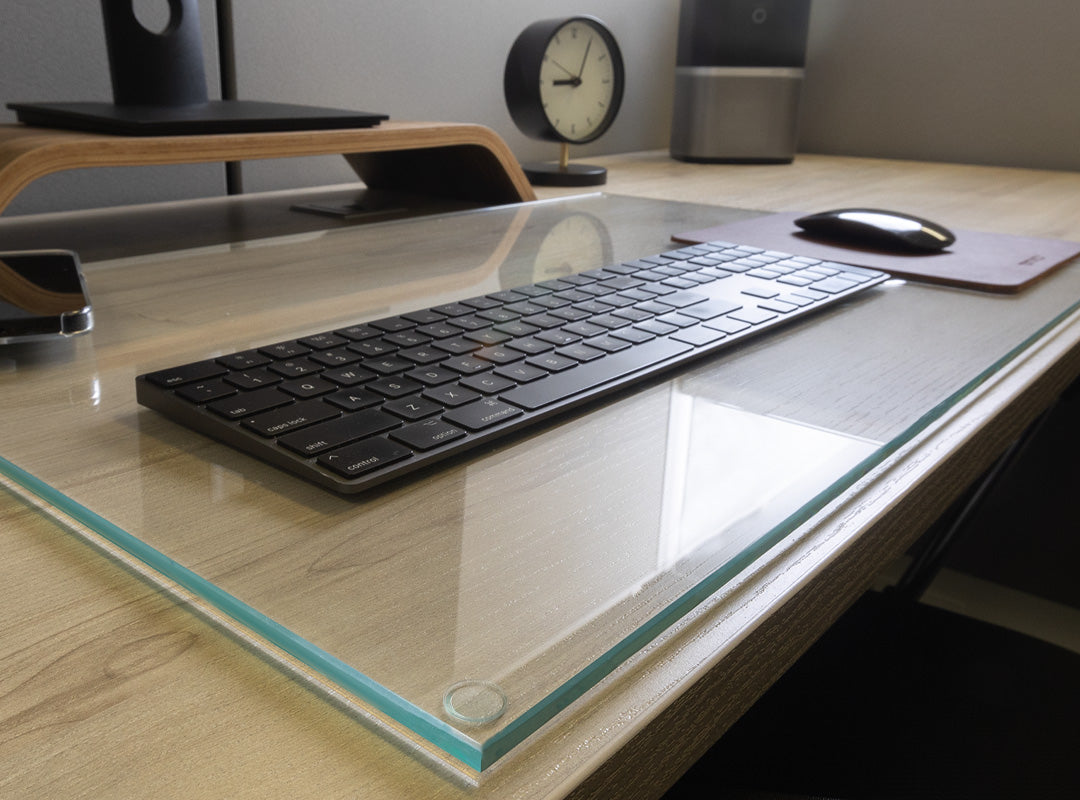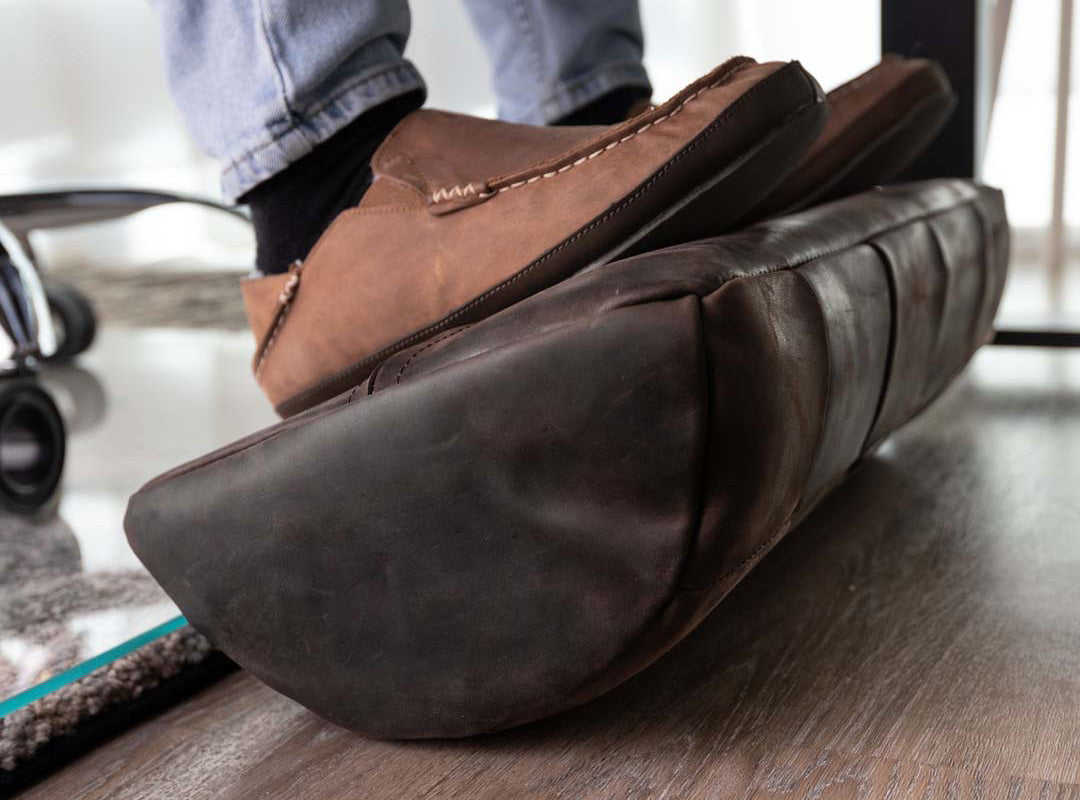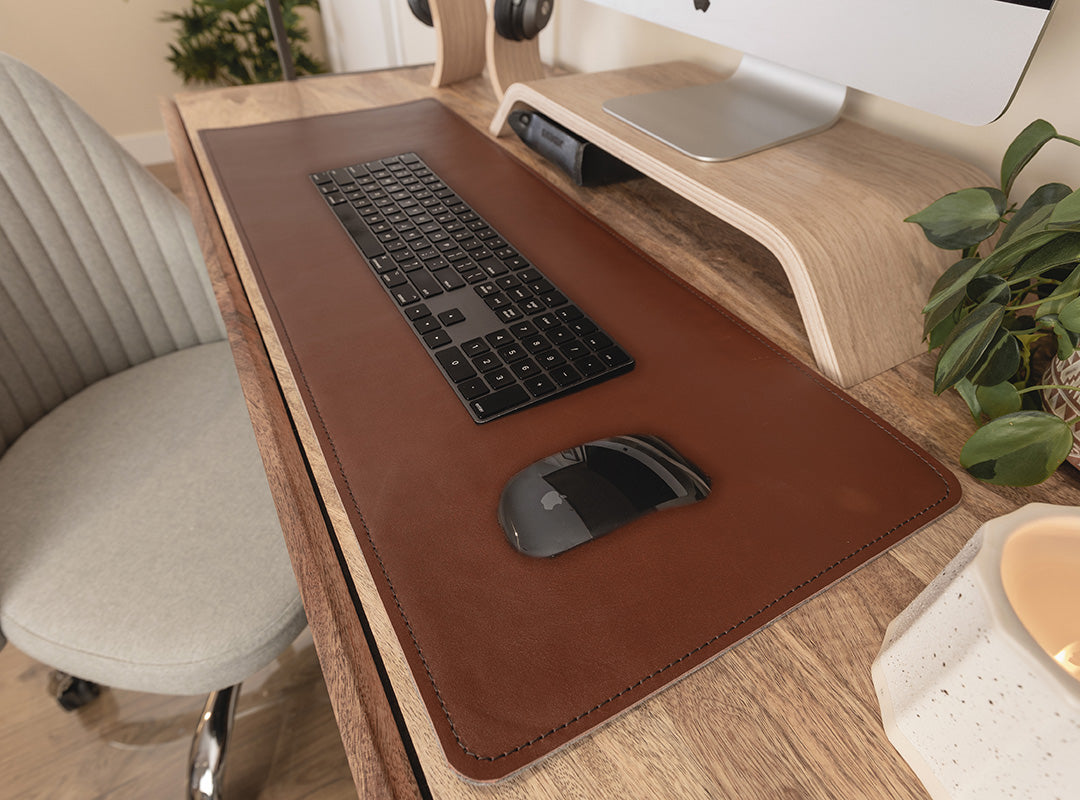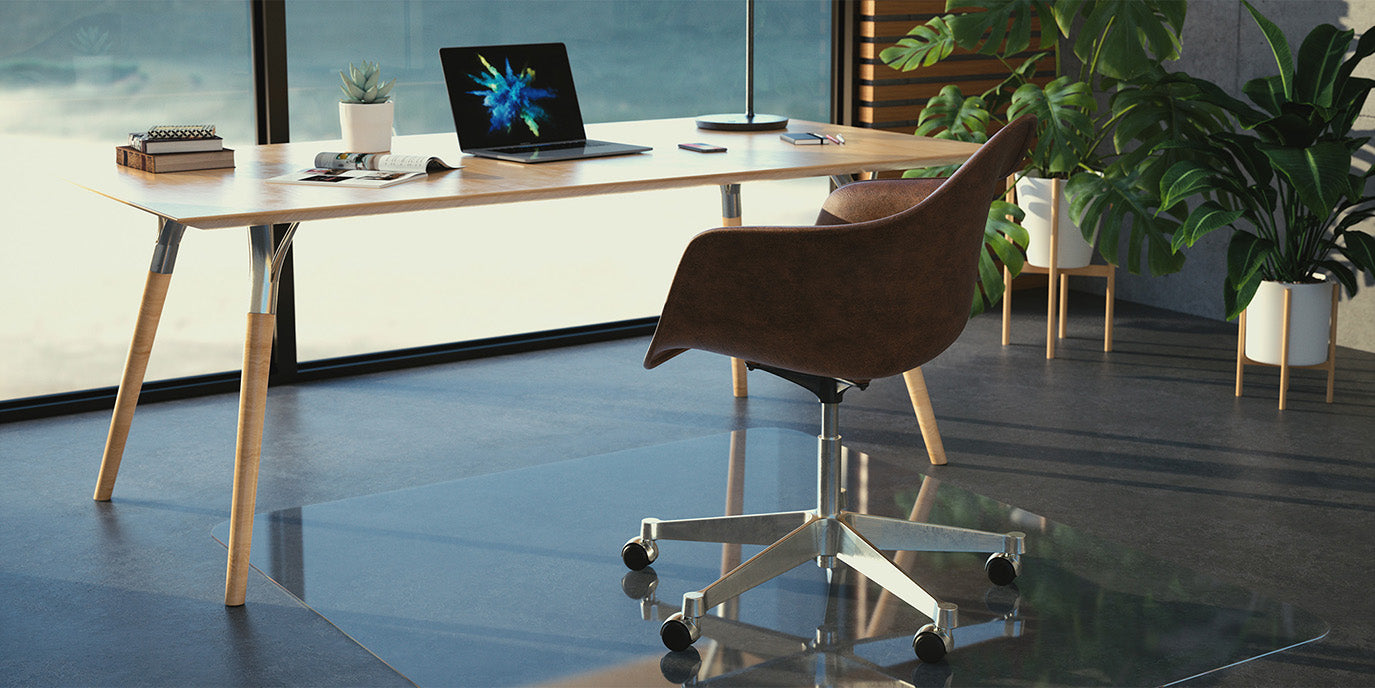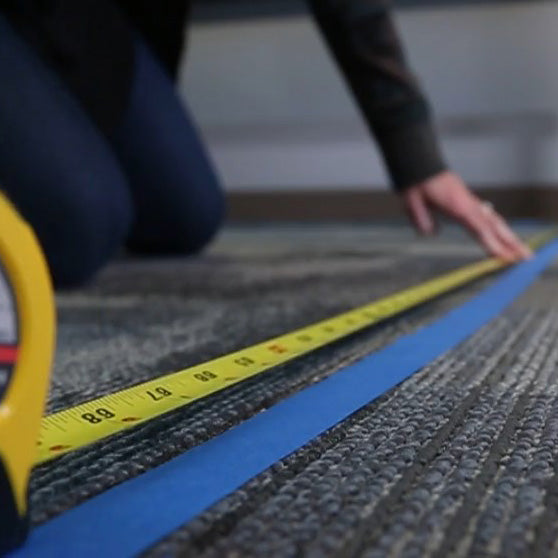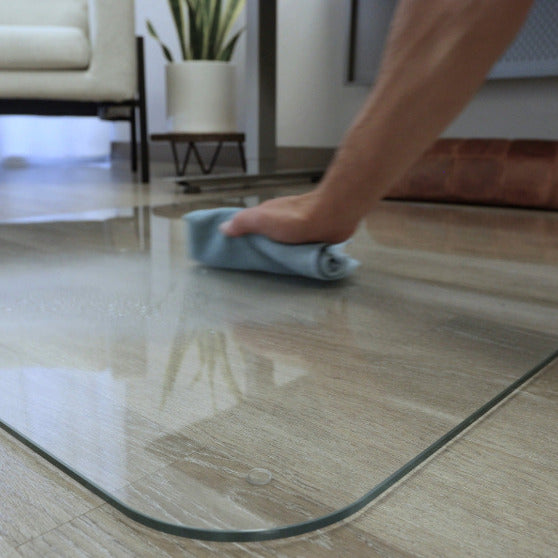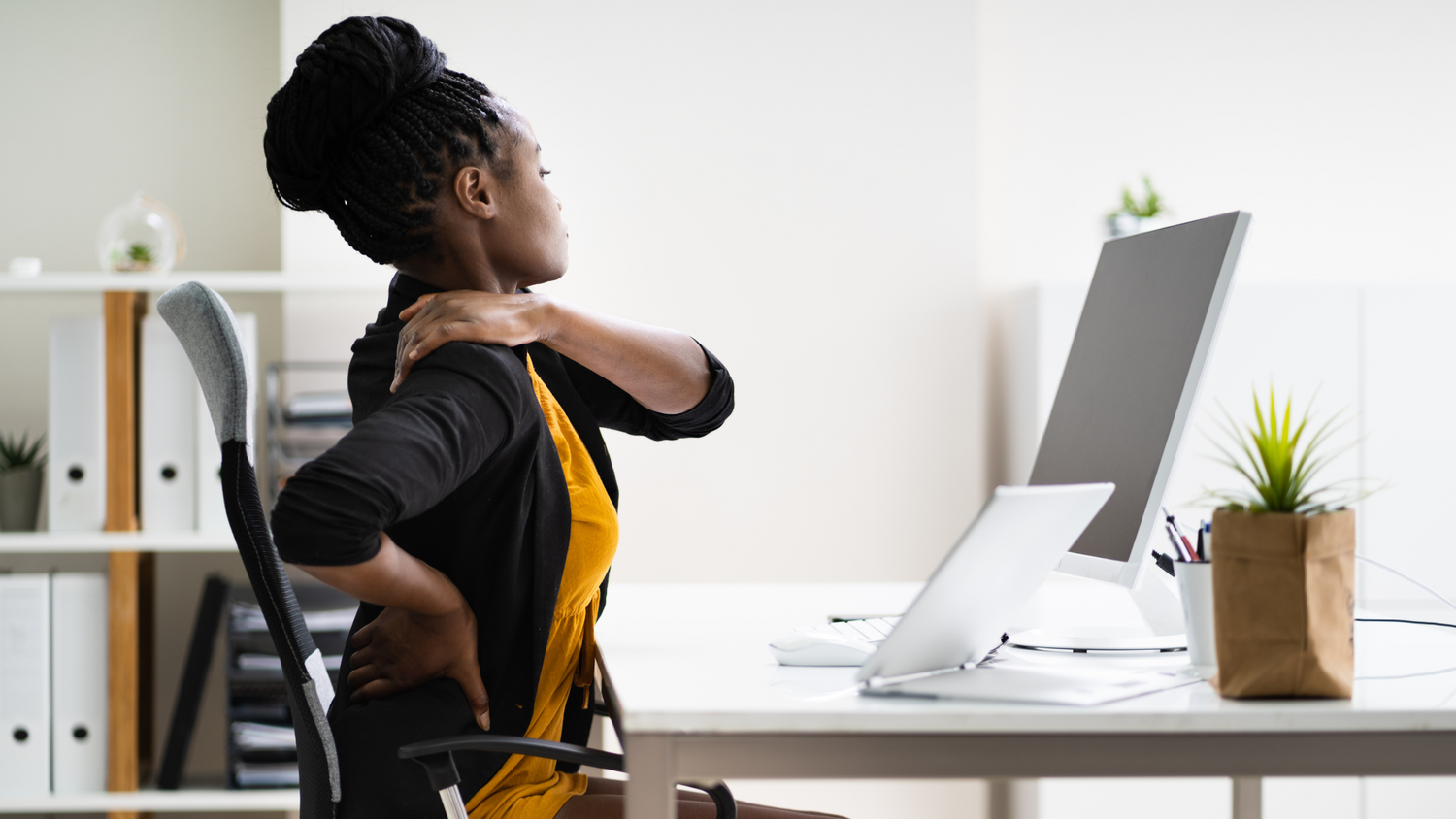Ready for an ergonomics lesson? Quick, say “wrist rest” ten times fast. How’d you do? Don’t worry, the hard part’s over.
Lucky for you, tongue twister mastery isn’t on the list of ergonomic essentials for your office. Instead, check out our top tips on office ergonomics to improve the comfort and productivity within your workspace.
How Important is Ergonomics, Really?
While the word itself may drum up bitter memories of new-hire safety training videos, the truth is that a proper ergonomic setup is crucial for those working in an office (whether it’s a home office or commuter office). Without ergonomics, you risk musculoskeletal disorders (MSDs), which, put simply, are ailments that affect your muscles, nerves, tendons, etc. Basically, all of the body parts liable to make you say “ouch” unexpectedly.
Repetitive tasks (e.g., typing or reaching for paperwork) and awkward body postures (anyone else contort themselves to accommodate a sleeping cat while they work?) are both poor ergonomic practices that can cause physical stress while working. In addition to the following office furniture, don’t forget the importance of mini movement breaks to break up any repetition. We recommend refreshing yourself on these stretches that are perfect to practice throughout the day (or about every ten minutes per hour, if possible).
Ok, Fine… What are the Benefits of Using Ergonomic Furniture?
A proper ergonomic home office setup has many long-term benefits for your body, mind, and maybe even your wallet. According to OSHA, “Ergonomics… helps lessen muscle fatigue, increases productivity, and reduces the number and severity of work-related MSDs.” So while you increase your productivity, a benefit for your career itself, you can also reduce the potential for workplace injury and long-term health issues (e.g., carpal tunnel).
Got it! So What are the Must-Haves for an Ergonomic Work Set Up?
Glad you asked! Here are the five ergonomic essentials that every computer-based worker should have!
Ergonomic Chair

The right chair in your workspace is the foundation of your properly designed ergonomic paradise. Use the following as a best practice guide:
- The height of your chair should allow your feet to rest flat on the ground or a footrest
- Your knees should be parallel, or slightly below, your hips
- The chair should be tilted back at an angle between 90 – 113 degrees and naturally support the S-curve of your back
- Your lumbar (lower back) should feel fully supported (Bonus tip: Use a pillow for supplemental lumbar support as needed)
Adjustable Height Desk

Adjustable height desks allow for fine-tuned personalization that other desks (sized for a “typical” body—whatever that means) generally don’t offer. An adjustable desk also allows you practice mini-movement breaks by switching from a sitting to standing desk setup throughout your workday. And regardless of your sitting/standing preference, you can ensure that your body is positioned properly. A properly adjusted desk will allow you to ensure your whole body is properly positioned, e.g., your wrists can rest flat on the desk surface, your vision to your screen(s) is at the ideal angle, etc.
Monitor Riser

Time to raise the roof, er, monitor! Monitor risers, or monitor arms if you so choose, are part of the ergonomic collection to ensure your vision is ideally cast upon your screens to reduce vision strain and/or head and neck strain.
When positioning the riser and/or arms, the height should allow you to look straightforward at your screen and keep your line of sight 2‑3 inches below the top of the monitor without moving your head. Similarly, your vision should only require a 15-degree angle to can the center of the screen. Monitor arms allow for detailed fine tuning of your monitor positions, but for the budget-conscious, stacking a few various-sized books under your monitor can do the trick.
If you're seeking a monitor riser that offers both form and function, check out the Vitrazza Wood Monitor Riser! Easy on the eyes, even better for your neck.
Ergonomic Keyboard & Mouse

An ergonomic keyboard and mouse are ideal for specifically helping prevent wrist pain and carpal tunnel syndrome. The ideal position for typing is with your wrists parallel to each other along the sides of your body, but with most keyboards your automatic position is posed inwards, creating a hunch. When looking for keyboards, opt for a partially split keyboard to separate your shoulders, and prop your wrists up with a wrist rest (are you still tongue tied?).
When seeking out an ergonomic mouse, opt for one that fits your hand and again, use a wrist rest! Many mousepads come with built-in wrist rests now, so they’ll stay locked in place. And don’t forget: the repetitive motions of typing and clicking can cause wrist stress, so don’t forget to take your mini motion breaks!
Glass Chair Mat

Our last ergonomic trick is one that many frequently overlook: chair movement and flooring. A recent study on ergonomic chair movements found that “fewer awkward postures were recorded on the flooring surfaces that required less foot pounds to move the chair both for lateral trunk flexion and forward trunk flexion.” What does that mean exactly? It means that your ergonomics are affected by what your chair is rolling around on.
Simply put - the harder it is to move your chair, the more “bad” behaviors you engage in.
And since awkward "bad" postures stress the spine and cause muscle fatigue or pain when repeated consistently and over time, even if you have the fancy ergonomic chair, your floor could be sabotaging your efforts. The study goes on to say that the least amount of force used to move across a floor was with carpet tiles and a Vitrazza Glass Chair Mat and that “more mini movement breaks were recorded on the flooring surfaces that required less foot-pounds to move the chair.”
If you're sick of replacing ugly plastic chair mats that crack and dent, leaving you stuck in a rut, then a Vitrazza Glass Chair Mat is the perfect solution!
They're made of super-strong tempered glass that never cracks or dents like plastic does. You'll get a super-smooth, easy glide and never have to replace it. Vitrazza Glass Chair Mats are certified tempered and rated to hold 1,000lbs and can withstand drops of typical office items. Every Vitrazza Glass Chair Mat comes with a Transferable Lifetime Warranty, Free Shipping, and a 30-day satisfaction guarantee!


